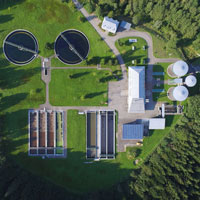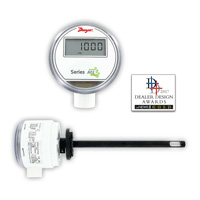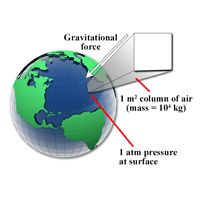Ask the Expert – Series 626 & 628 Pressure Transmitters Offer Optional NSF Approval
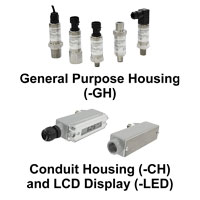
Question: I have been searching for a pressure transmitter with an NSF 61 certification for my drinking water application. Does Dwyer have any recommendations? Continue reading “Ask the Expert – Series 626 & 628 Pressure Transmitters Offer Optional NSF Approval”
What is Wastewater, and How is it Treated?
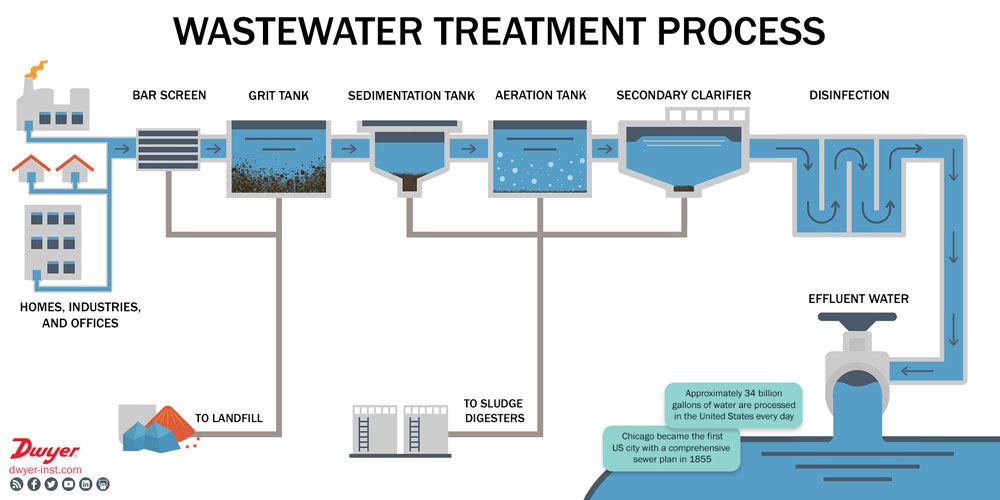
Every day, billions of gallons of wastewater are collected from our homes, businesses, and industries. Wastewater is exactly what it sounds like: water that has already been used and disposed of via a tub, toilet, sink, or storm drains. Because it is full of contaminants that make the water no longer suitable for use, it is collected in the sewer system and delivered to plants for treatment to make the water safe to be returned to the environment. Continue reading “What is Wastewater, and How is it Treated?”
Understanding Air Velocity Sensors
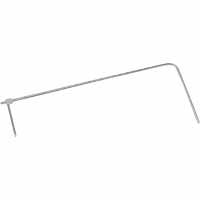
Dwyer Instruments, Inc. offers a multitude of sensors for monitoring air velocity in HVAC systems. Some of this instrumentation has a simple construction (Pitot tubes, for example) while others are more complex, such as hot-wire anemometers.
The initial term and first “hot-wire anemometer” was developed back in 1914 by Louie Vesso King. He is also accredited for King’s Law, which mathematically describes heat transfer in air flows using a heated wire. As the air moves over the wire, it causes a loss of temperature in the wire and removes some of the wire’s heat energy. Continue reading “Understanding Air Velocity Sensors”
What is Pressure and How is it Referenced?
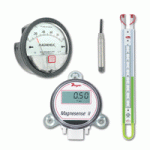 Many Dwyer Instruments, Inc. products sense and measure pressure. This includes: gages, manometers, transmitters and switches.
Many Dwyer Instruments, Inc. products sense and measure pressure. This includes: gages, manometers, transmitters and switches.
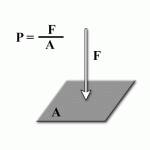 Pressure is the amount of force acting on a specific area and is equal to the force divided by the area.
Pressure is the amount of force acting on a specific area and is equal to the force divided by the area.
There are many types of pressure that are used and measured, including: atmospheric, absolute, gage, vacuum, differential and hydrostatic. Continue reading “What is Pressure and How is it Referenced?”


